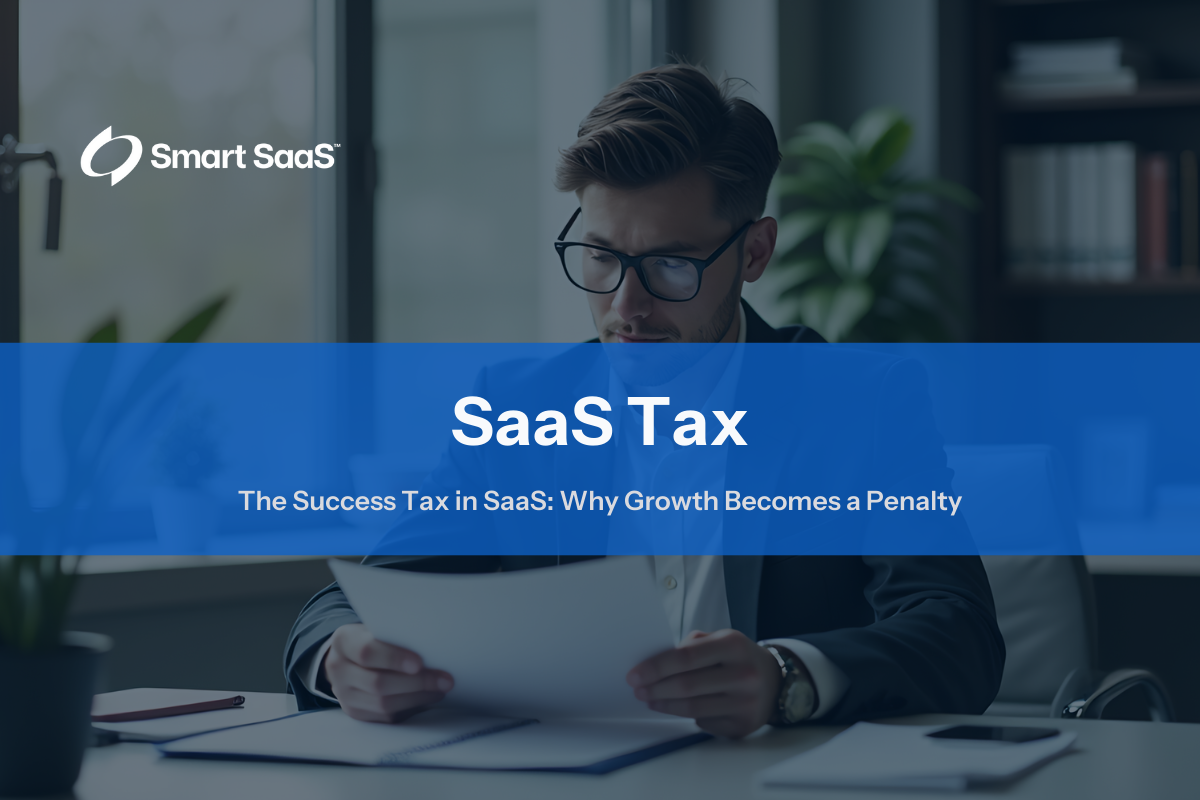

Wednesday, April 16, 2025
Kevin Anderson
Success in business should be a celebration. But in the world of SaaS pricing, it often feels like a punishment. As your business grows—generating more revenue, serving more customers, using tools more frequently—you may find yourself hit with higher costs, tighter contracts, and fewer options. This isn’t accidental. It’s the Success Tax—a quiet, compounding penalty that punishes growth under the guise of scalability.

The Success Tax refers to pricing models where your software bill increases as your business becomes more successful. The most common forms are percentage-based pricing and usage-based pricing tied to vague metrics, where the more you grow, the more you pay—even if the vendor isn’t providing more value. Instead of being rewarded for scaling, you're penalized. Your growth fuels theirs, without any additional service, support, or innovation in return.
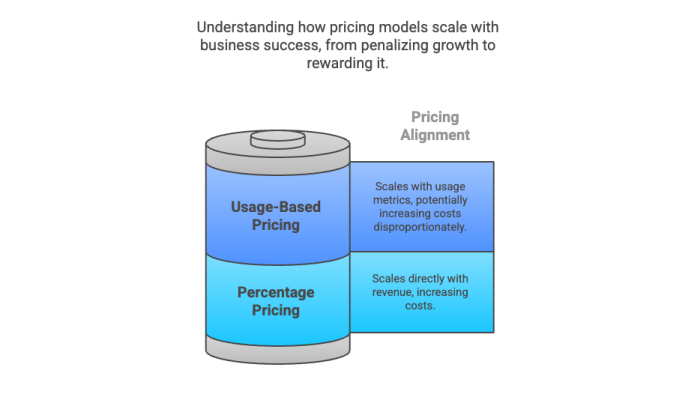

At first glance, paying a percentage of revenue or transactions might seem fair. After all, it scales with success, right? But this model turns your software vendor into a silent business partner—one who takes a cut of your earnings without doing any extra work.
Platforms like Salesforce Commerce Cloud and Shopify charge transaction-based fees that grow alongside your revenue. This means your software costs double when your revenue doubles—even if your team, feature use, or infrastructure footprint hasn’t changed.
The result? A pricing model that eats into your margins and becomes increasingly unsustainable at scale.
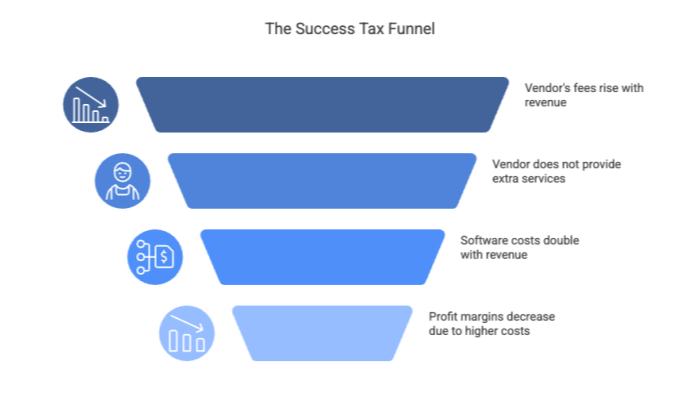

Usage-based pricing often hides behind technical terms: tokens, compute units, API calls, credits, and quotas. These metrics may sound logical, but they rarely align with real-world value.
You don’t just pay more because you’re using the product more—you pay more because your growth triggers thresholds you can’t always control. And most SaaS platforms aren’t transparent about how usage is calculated until you’ve already crossed the line.
What starts as a predictable monthly bill can quickly morph into a budget wildcard—especially if you’re in a period of fast growth, onboarding new teams, or scaling new channels.
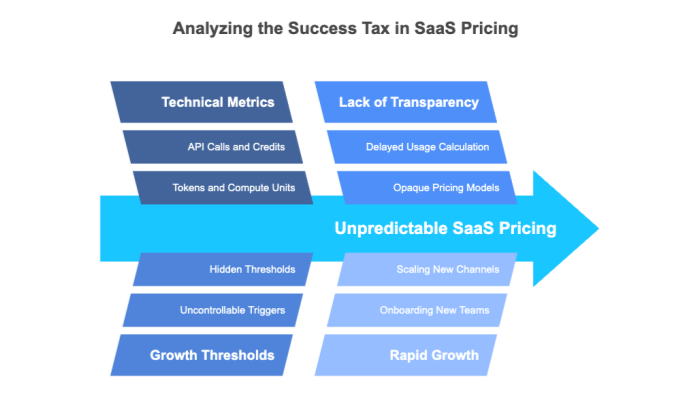

The danger isn’t just in the cost. It’s in the unpredictability. When pricing scales faster than revenue—or is tied to inputs you don’t control—you lose your ability to forecast accurately or plan strategically. CFOs and procurement teams get blindsided. Product teams are forced to slow down. And suddenly, software becomes a limiting factor, not a lever. When usage-based pricing penalizes innovation, you know the model is broken.
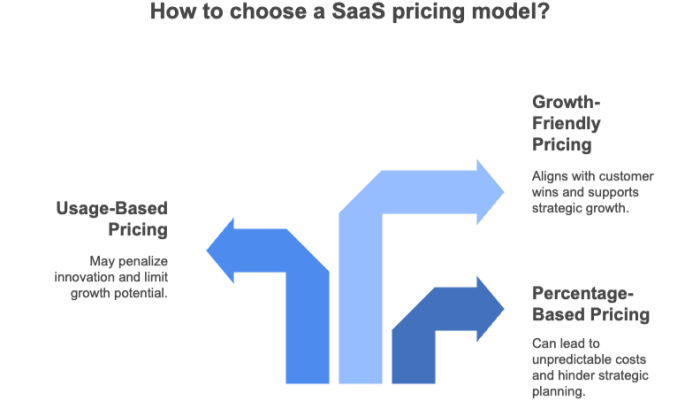

Shopify is a prime example of the Success Tax in action. The platform charges transaction fees for merchants who don’t use their proprietary payment processor—and those fees increase with total sales.
At scale, this means high-growth businesses end up paying tens or hundreds of thousands of dollars per year for access to the same platform they started on for $29/month.
What’s worse? There’s no clear increase in support, security, or infrastructure tied to those higher costs. You’re paying more for the privilege of succeeding.
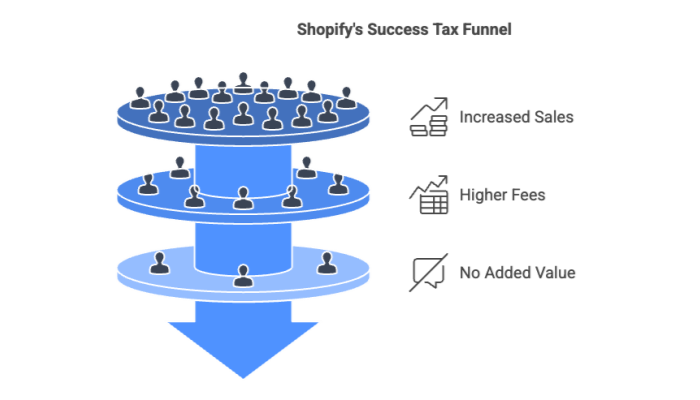

From the vendor’s perspective, success taxes are lucrative. They create predictable, scalable revenue tied to customer growth—without requiring added investment in service or product development.
But from the customer’s side, this model is extractive. It discourages long-term loyalty, complicates cost modeling, and often leads to vendor replacement conversations just as customers hit peak momentum. If you're switching platforms not because of bad performance, but because of bad pricing alignment, you're being taxed for winning.


Avoiding the Success Tax starts with better questions. Before you scale your investment in any SaaS platform, ask:
If the answers are vague, you’re likely stepping into a growth trap.
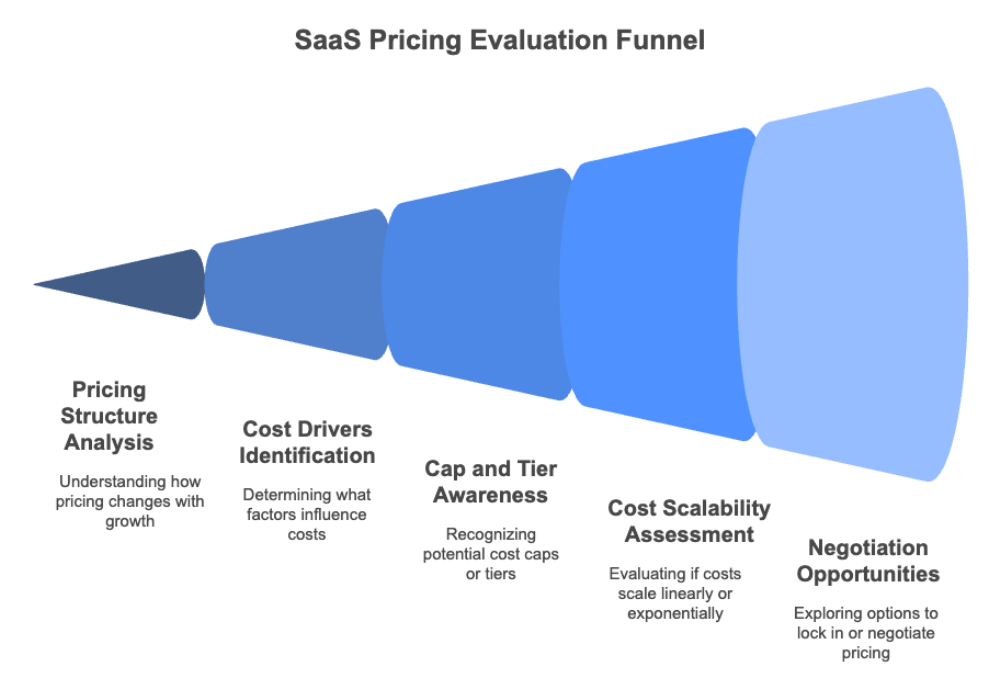

Smart SaaS vendors don’t penalize success. Instead, they price according to value delivered, not revenue captured. That means:
These are the partners you want as you scale—not the ones who see your ARR as their ATM. For an in-depth look at innovative pricing strategies, check out Smart SaaS Applications.
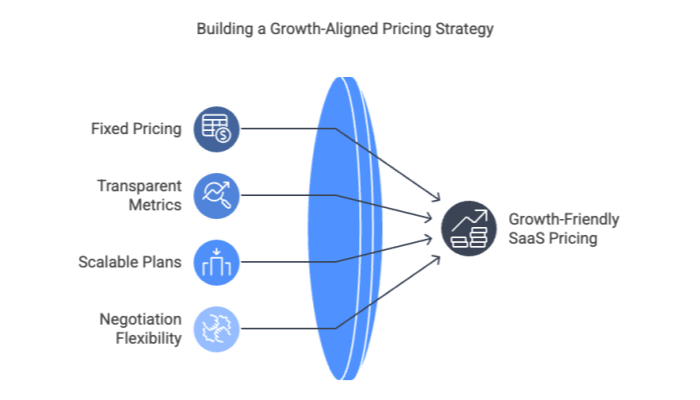

Let’s flip the model. A SaaS platform that supports your scaling business should offer:
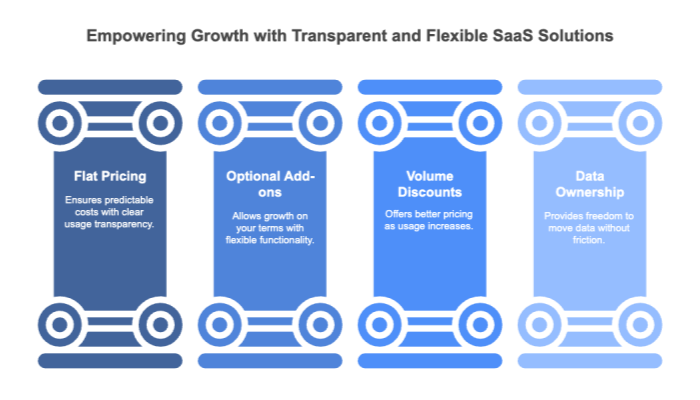

The Success Tax is one of the most dangerous trends in modern software. It turns scaling businesses into easy targets for inflated pricing. But it doesn’t have to be that way. With smarter vendor selection, better contract questions, and a demand for transparency, you can protect your margins, forecast accurately, and grow on your terms—not theirs.
